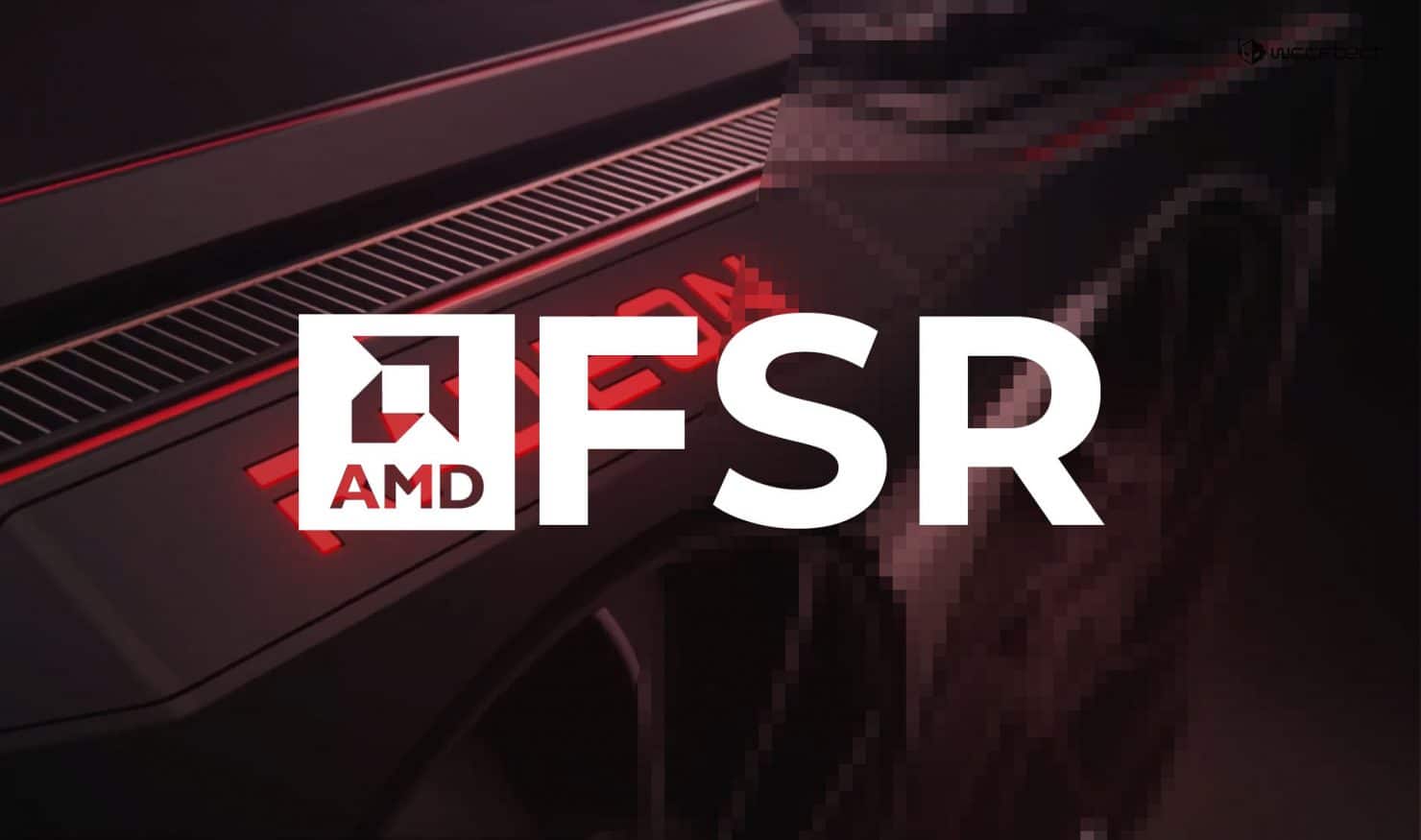In less than four months, AMD’s FidelityFX Super Resolution (FSR) technology already supports more than 20 games to date, plus unofficial implementations in other titles.
In an interview, AMD Engineering Director Nick Thibieroz said the results of FSR adoption and reception among developers speak for themselves.
“FSR 1.0 is the result of extensive research at AMD, with multiple groups exploring different solutions using a variety of underlying scaling technologies. With our goals in mind, we decided to launch FSR 1.0 because we know that it will appeal to a large number of developers and gamers who want to enjoy high-quality gaming at faster frame rates on multiple platforms, without being limited by hardware. owner.
So while I understand that the choice of a space scaler surprised many, I think the results speak for themselves in terms of reception and developer adoption. In fact, it has been impressive to see the various ways in which the FSR has been leveraged by professionals and amateurs so far. ”
FSR will attract a large number of developers and gamers who want to enjoy high-quality gaming
We know that several developers praise the technology. EXOR Studios recently said that they couldn’t have achieved 60 frames per second on the console versions of The Riftbreaker without FSR, for example.
But we have to be honest, quality often suffers a lot when using FidelityFX Super Resolution.
Thibieroz said that FSR is not the best improvement technique when it comes to raw quality, but it is the overall result that counts the most.
“If we only focus on one facet of scaling – we are talking about image quality – I think it is fair to say that some existing scaling techniques may offer better results (although in some cases pixel peeping of still images to make this claim). I think that if the climbers’ evaluation is limited to a single criterion, the conclusion will be incomplete.
The FSR was designed to meet many requirements, as we have already discussed, and it is the combination of great features that make up the complete package. Think of it like buying a new car: I don’t think anyone based their purchase solely on the good looks of the car. A smart buyer will consider how fast it is, the options it offers, the smoothness of the ride and if it can be afforded. “
In addition, AMD was asked why it did not take advantage of machine learning as NVIDIA did with DLSS, and Thibieroz replied that ML-based techniques are not necessarily the best solution for everything.
“Of course, if done right, ML can be a very powerful tool, but it is not the only way to solve problems. […] There are also trade-offs to take advantage of ML, which means it may not meet some of the other – really important – conditions of a solution. Using ML in a real-time context can mean we lose portability, performance, and if not done right, even some quality.
If we’re objective when it comes to ML and scaling algorithms, I think the first iteration of the Nvidia DLSS is a good example of what I’m saying. The mere presence of ML in a solution does not imply that great results will be achieved. Clearly ML is promising and AMD is investing heavily in ML R&D on several fronts, but just because an algorithm uses ML does not mean it is the best overall solution considering a set of objectives. “
Would you like AMD to try a machine learning implementation in future versions of FSR?
Source: Eurogamer
















